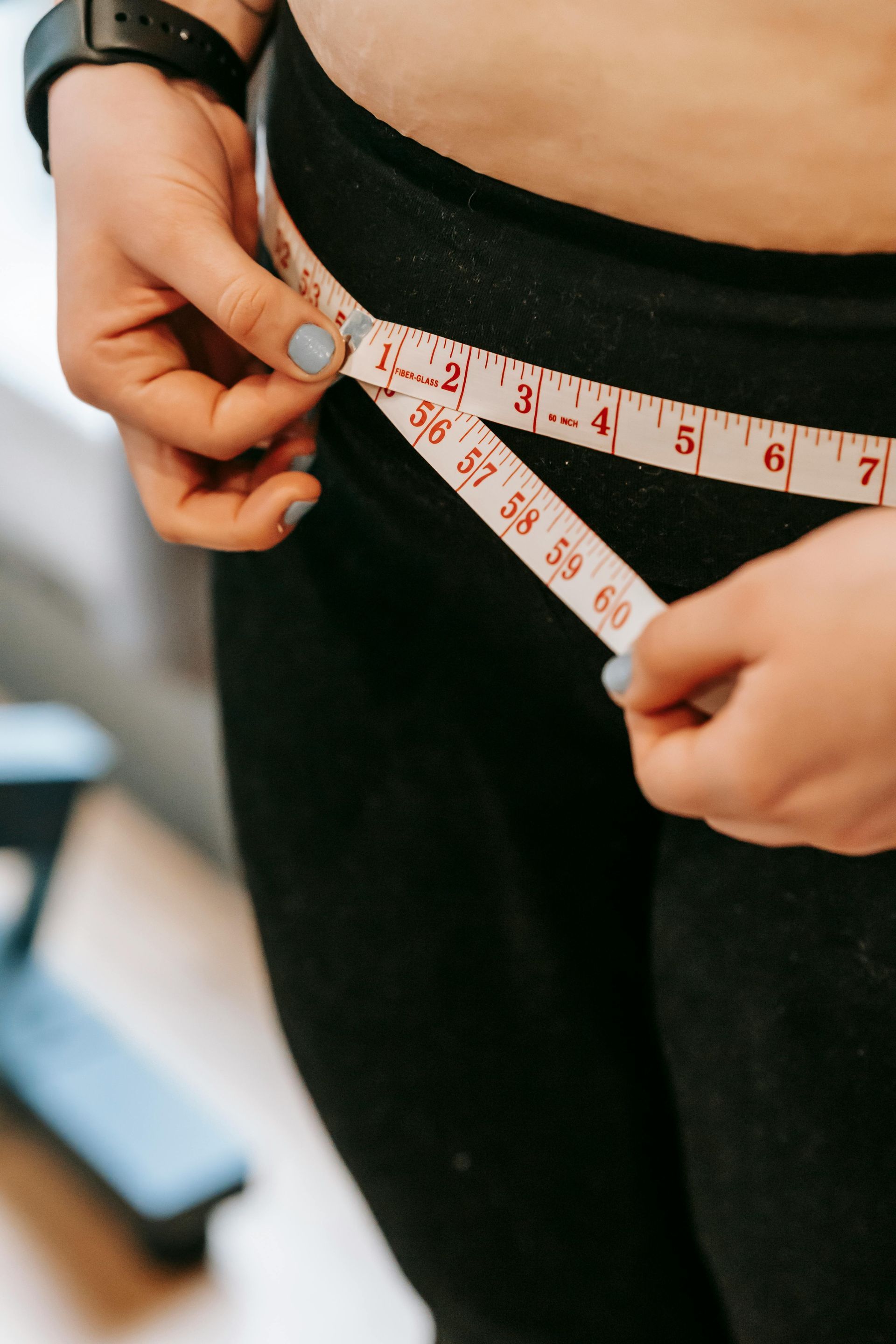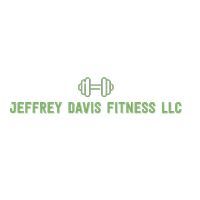Common Fitness Myths You Need to Stop Believing
Fitness is an important aspect of our lives, and we are constantly bombarded with information on how to stay healthy and fit. However, with so much information out there, it can be hard to know what to believe. Unfortunately, there are a lot of common fitness myths that continue to be passed around, even though they have been debunked by science. In this blog post, we will take a look at some of the most common fitness myths and explain why you need to stop believing them.
Myth #1: Crunches are the Best Way to Get Six-Pack Abs
Many people believe that doing endless crunches is the best way to get a six-pack. However, this is not true. While crunches can help strengthen your abs, they are not the most effective exercise for getting a six-pack. To get visible abs, you need to reduce your body fat percentage, and this can only be achieved through a combination of diet and exercise.
Myth #2: You Need to Spend Hours in the Gym to See Results
Many people believe that the only way to get in shape is to spend hours in the gym every day. However, this is not true. You can achieve great results with just 30 minutes of exercise per day, as long as you are consistent and make smart choices with your workouts.
Myth #3: You Need to Do Cardio to Lose Weight
While cardio can be an effective way to burn calories, it is not the only way to lose weight. Strength training can be just as effective, if not more so, as it helps to build muscle mass, which in turn increases your metabolism and helps you burn more calories throughout the day.
Myth #4: Women Should Avoid Strength Training Because They Will Get Bulky
Many women avoid strength training because they are afraid they will get bulky. However, this is not true. Women do not have the same levels of testosterone as men, which means they do not have the same capacity to build muscle mass. Instead, strength training can help women build lean muscle mass, which can help them look toned and fit.
Myth #5: You Can Spot-Reduce Fat
Many people believe that they can target specific areas of their body for fat loss, such as their stomach or thighs. However, this is not true. When you lose weight, you lose it from all over your body, not just one specific area.
In conclusion, there are many common fitness myths that you need to stop believing. By understanding the truth behind these myths, you can make smarter choices with your workouts and achieve better results. Remember, consistency and dedication are key to achieving your fitness goals, so keep working hard and stay focused on your goals.











